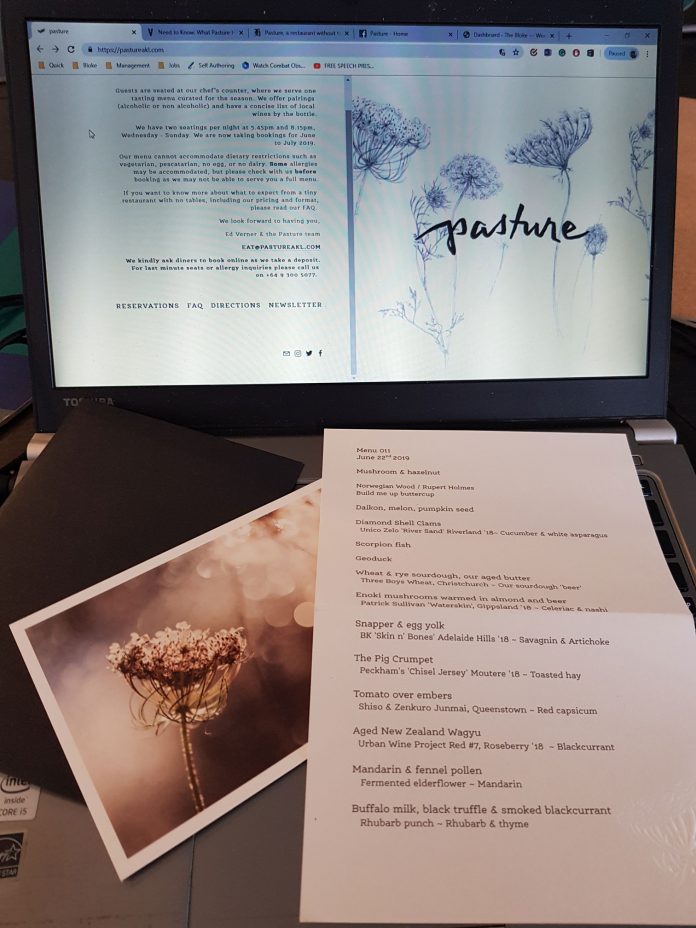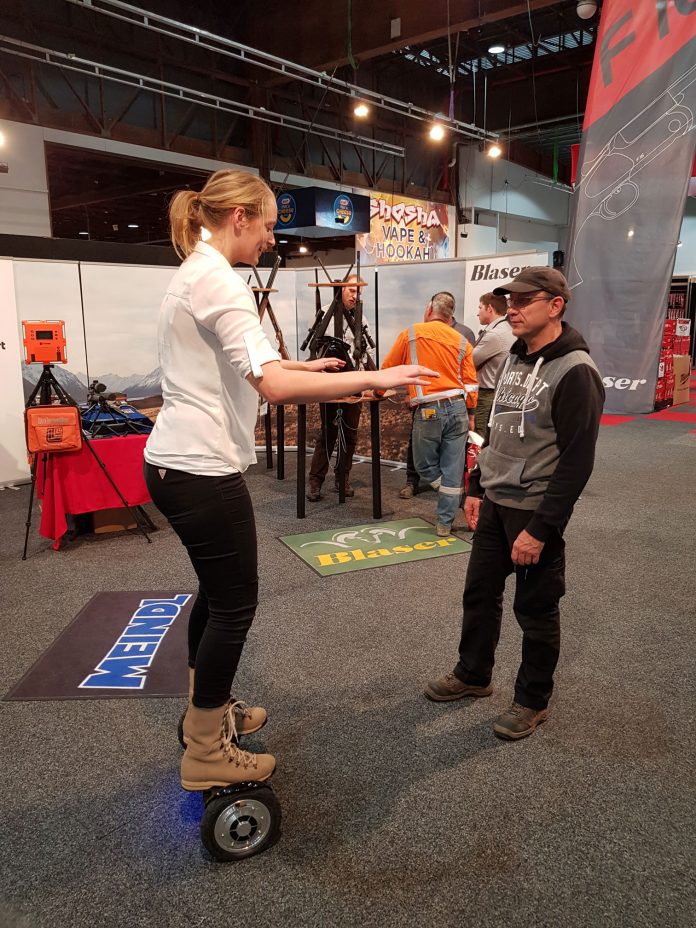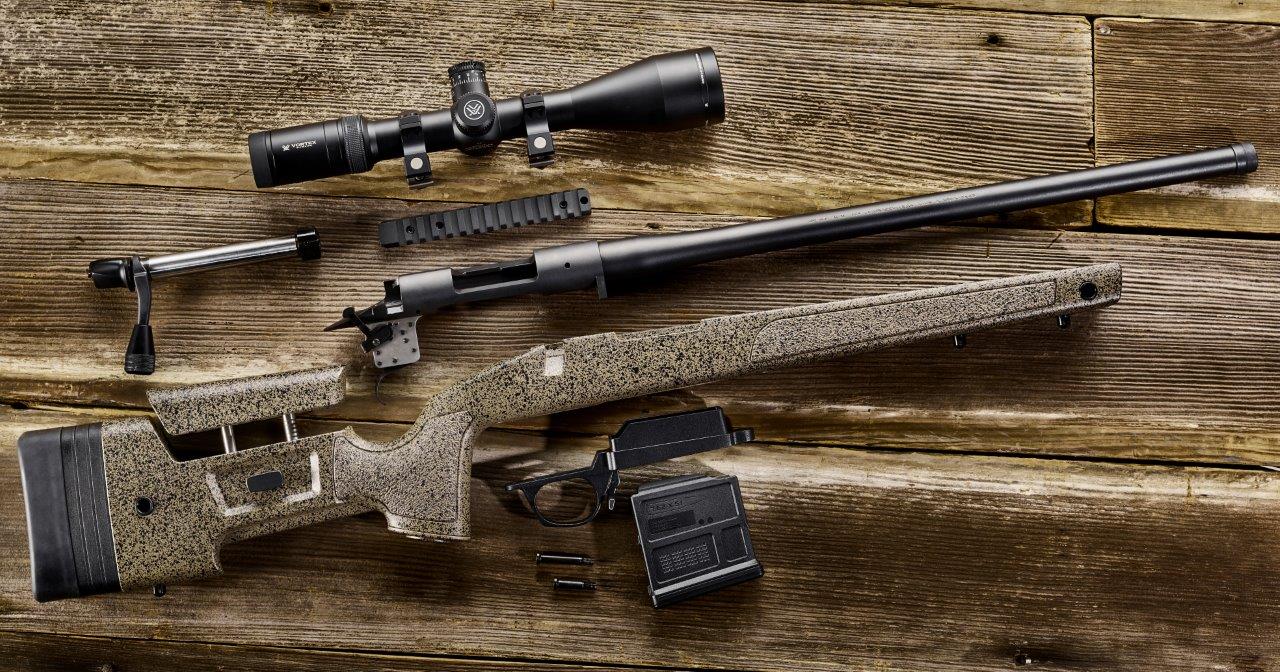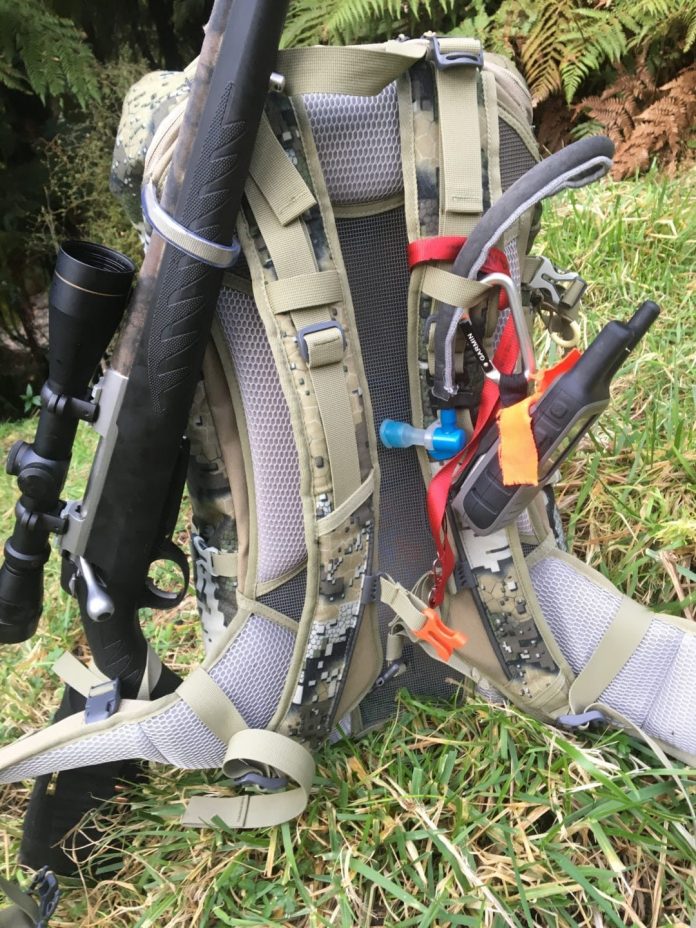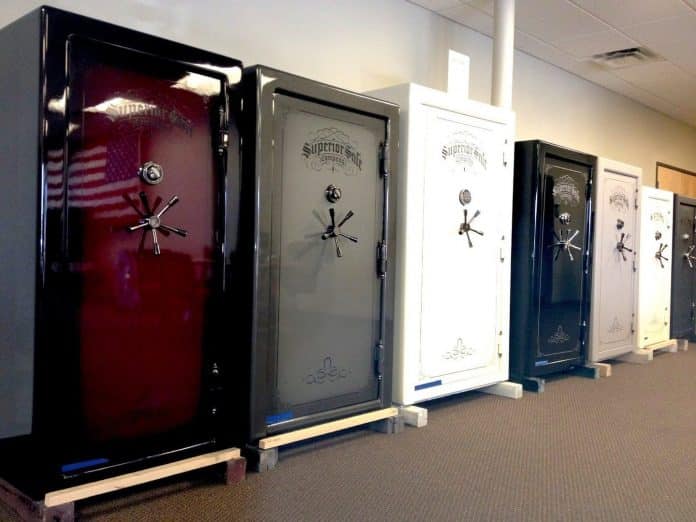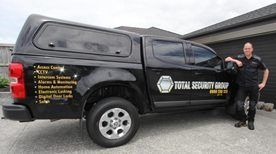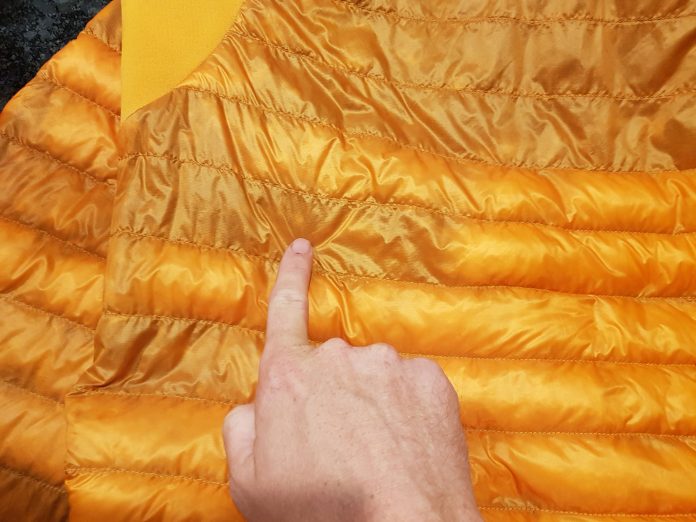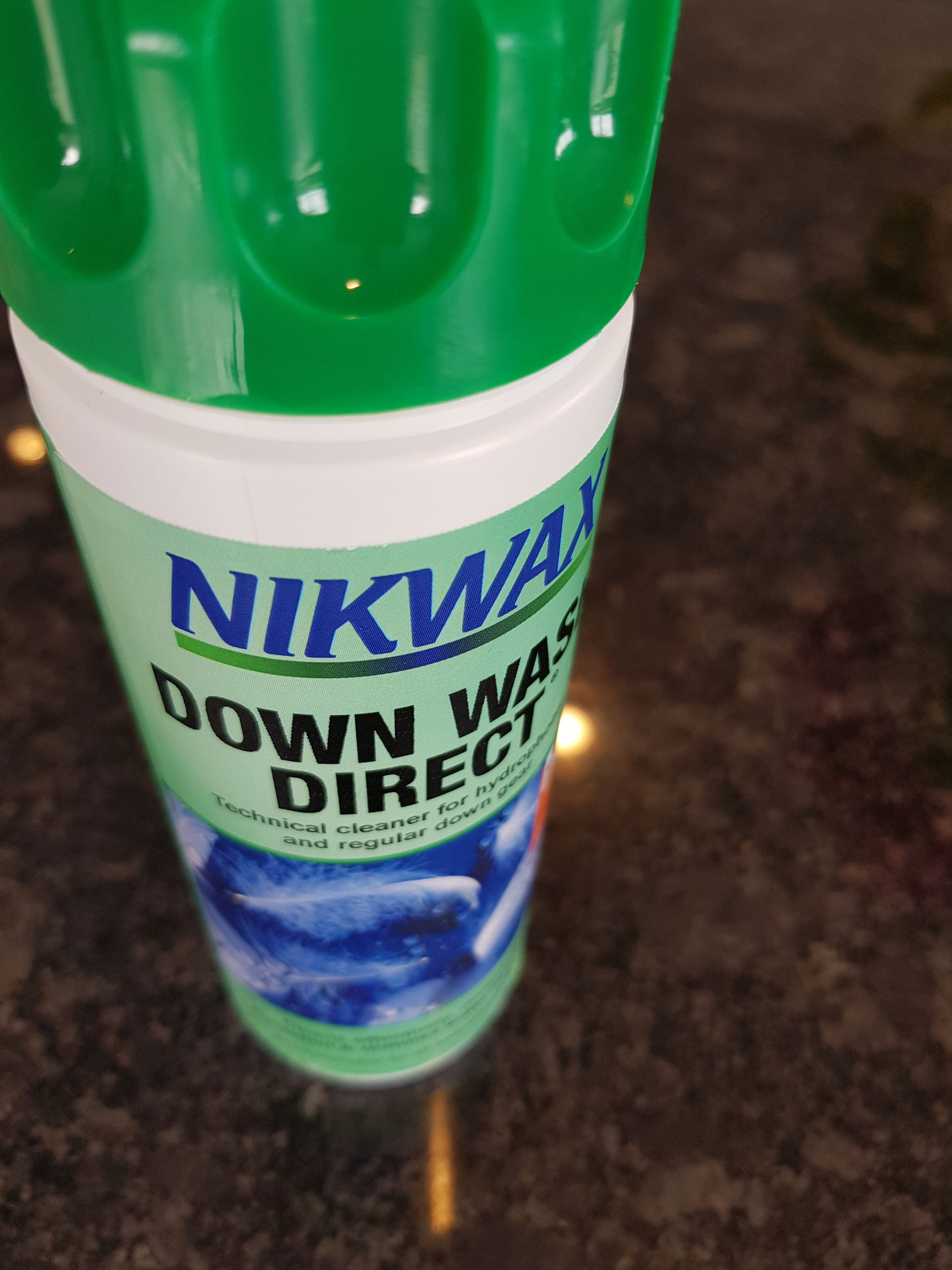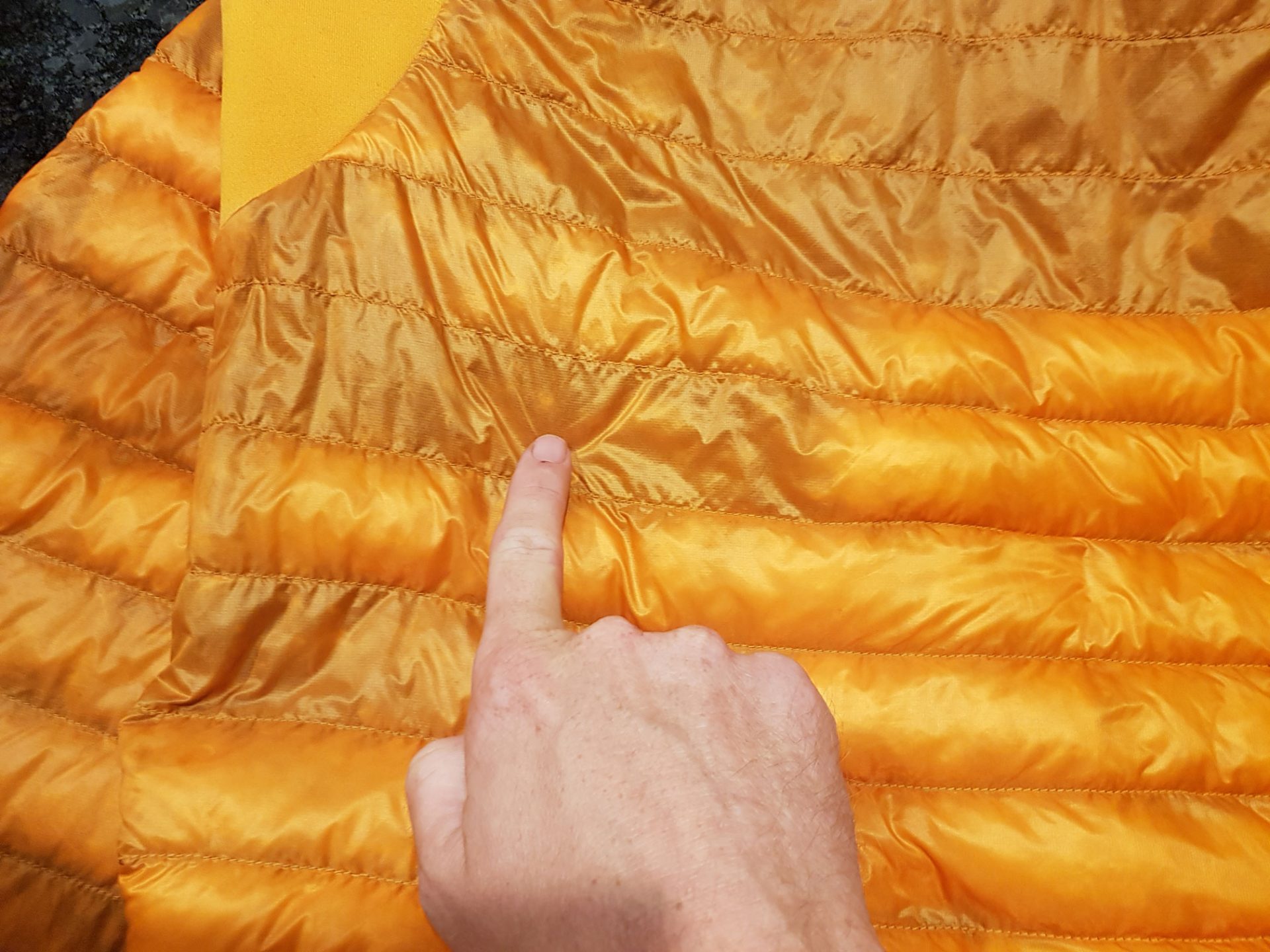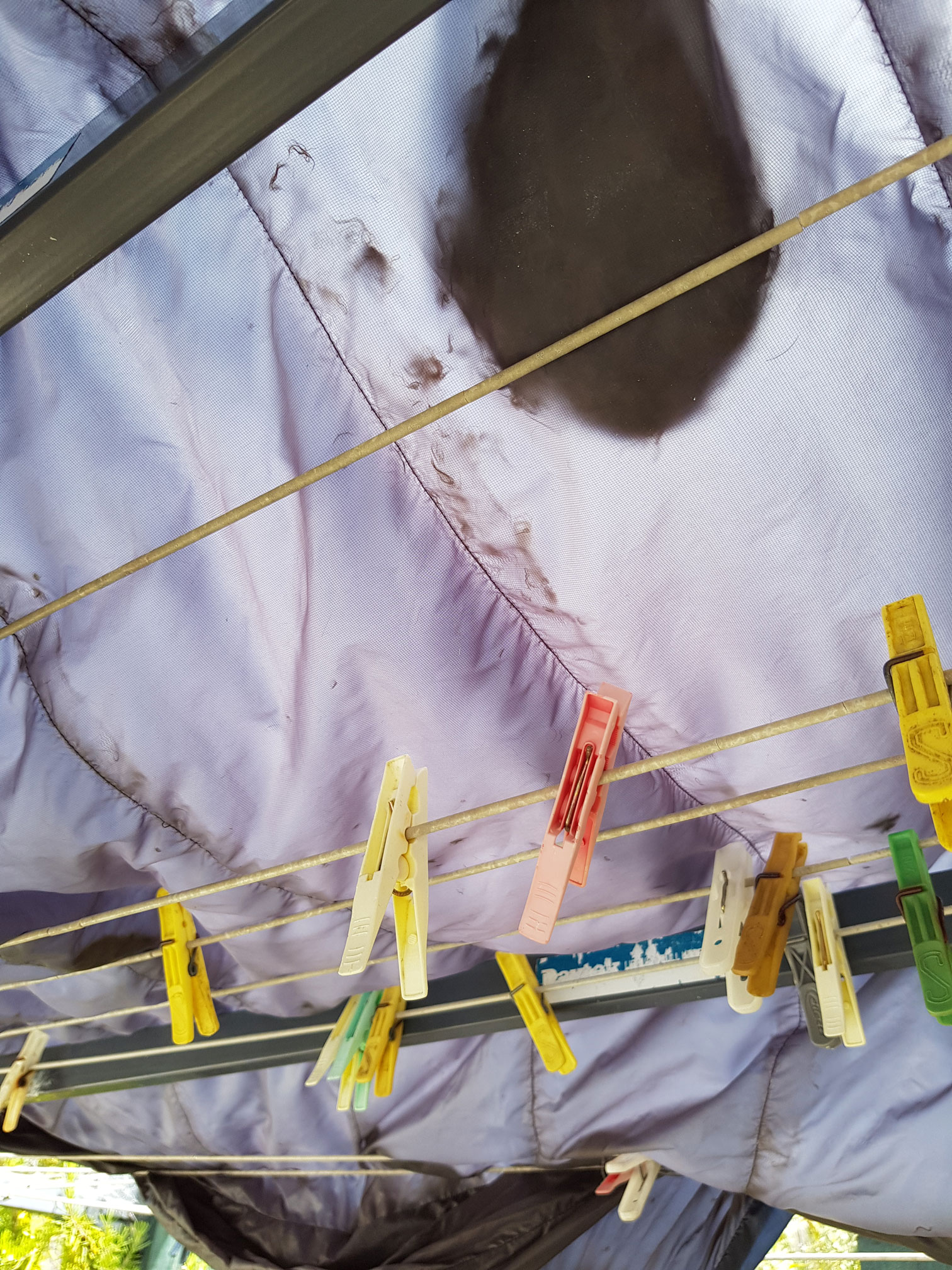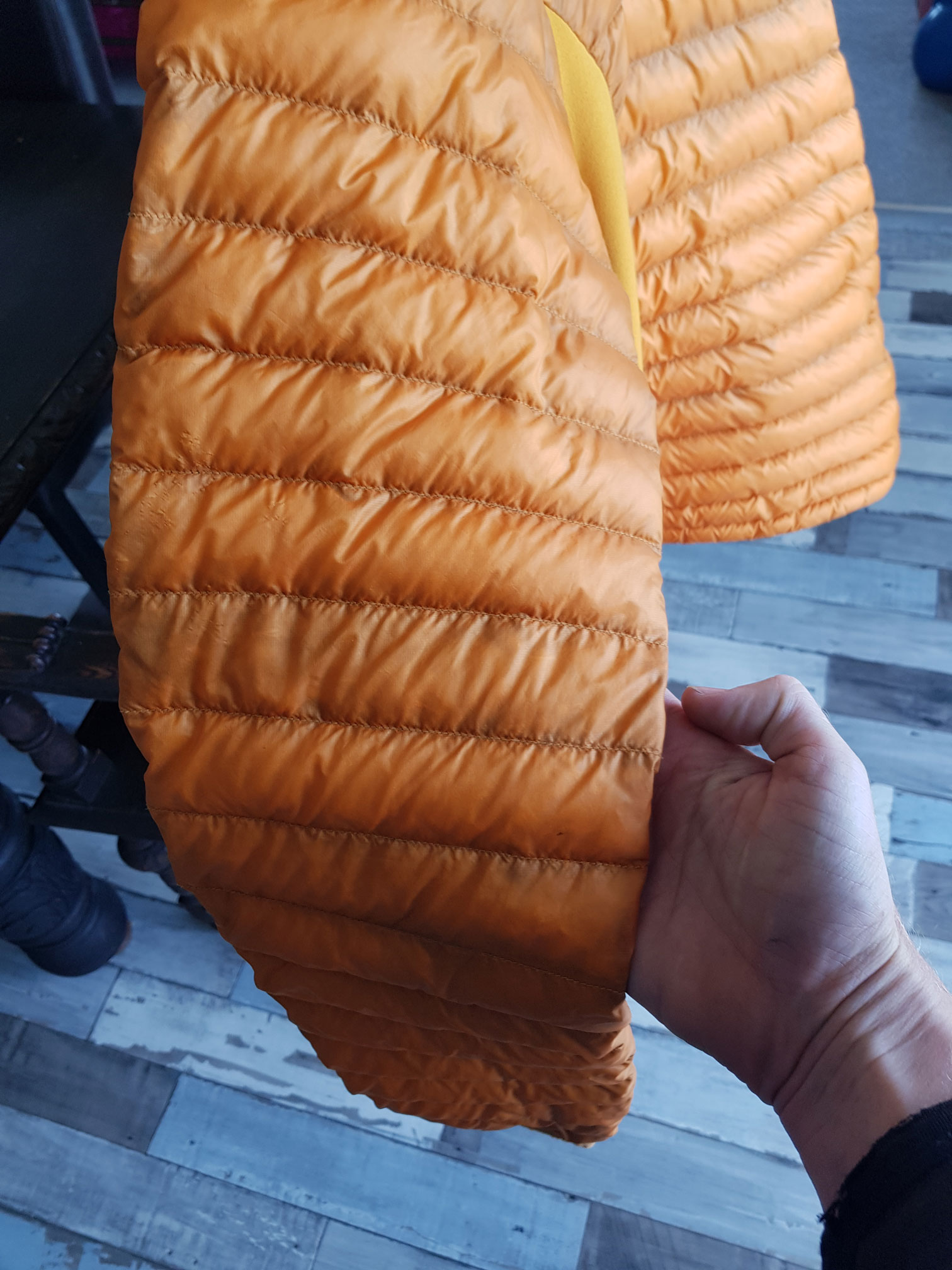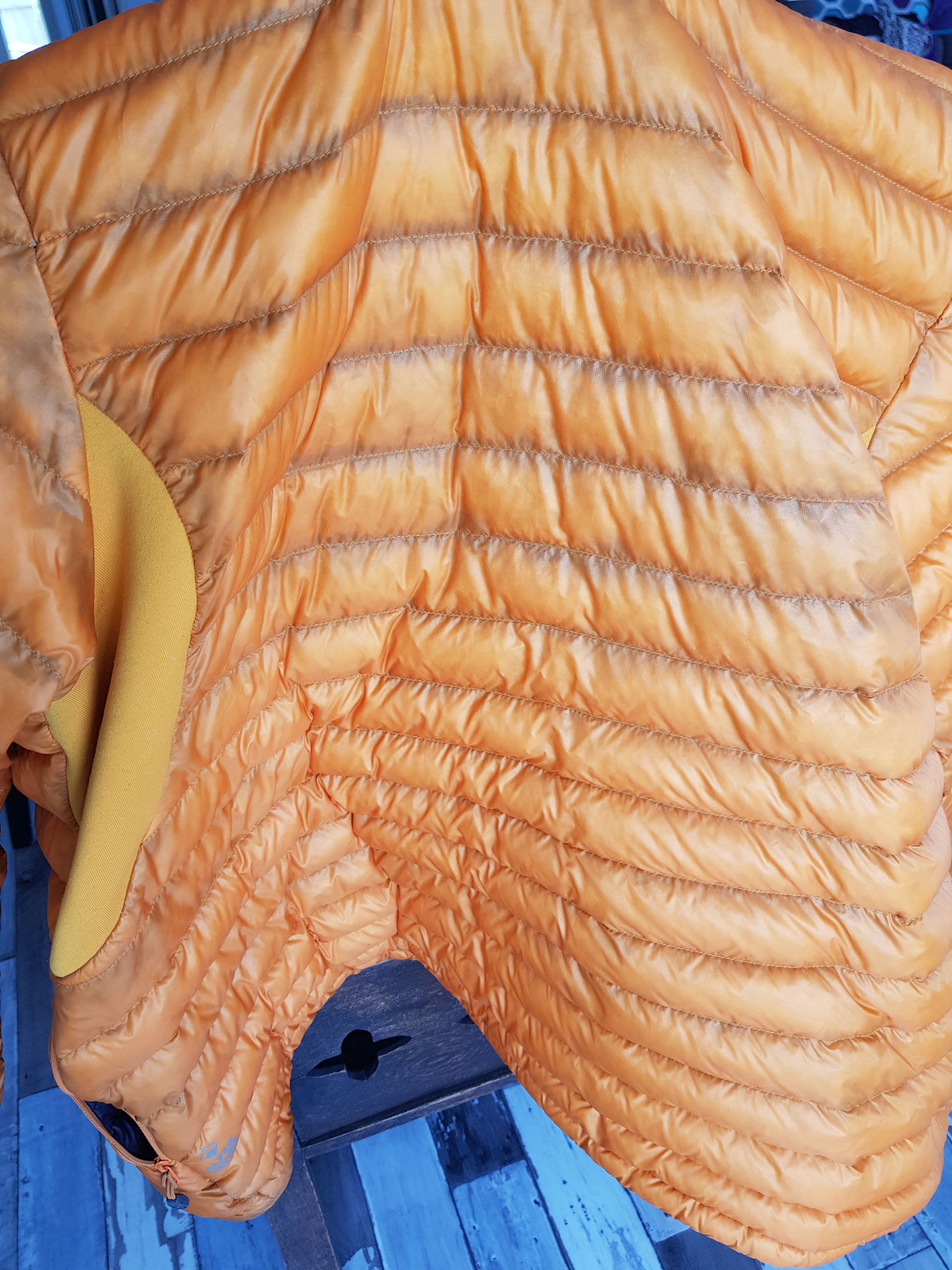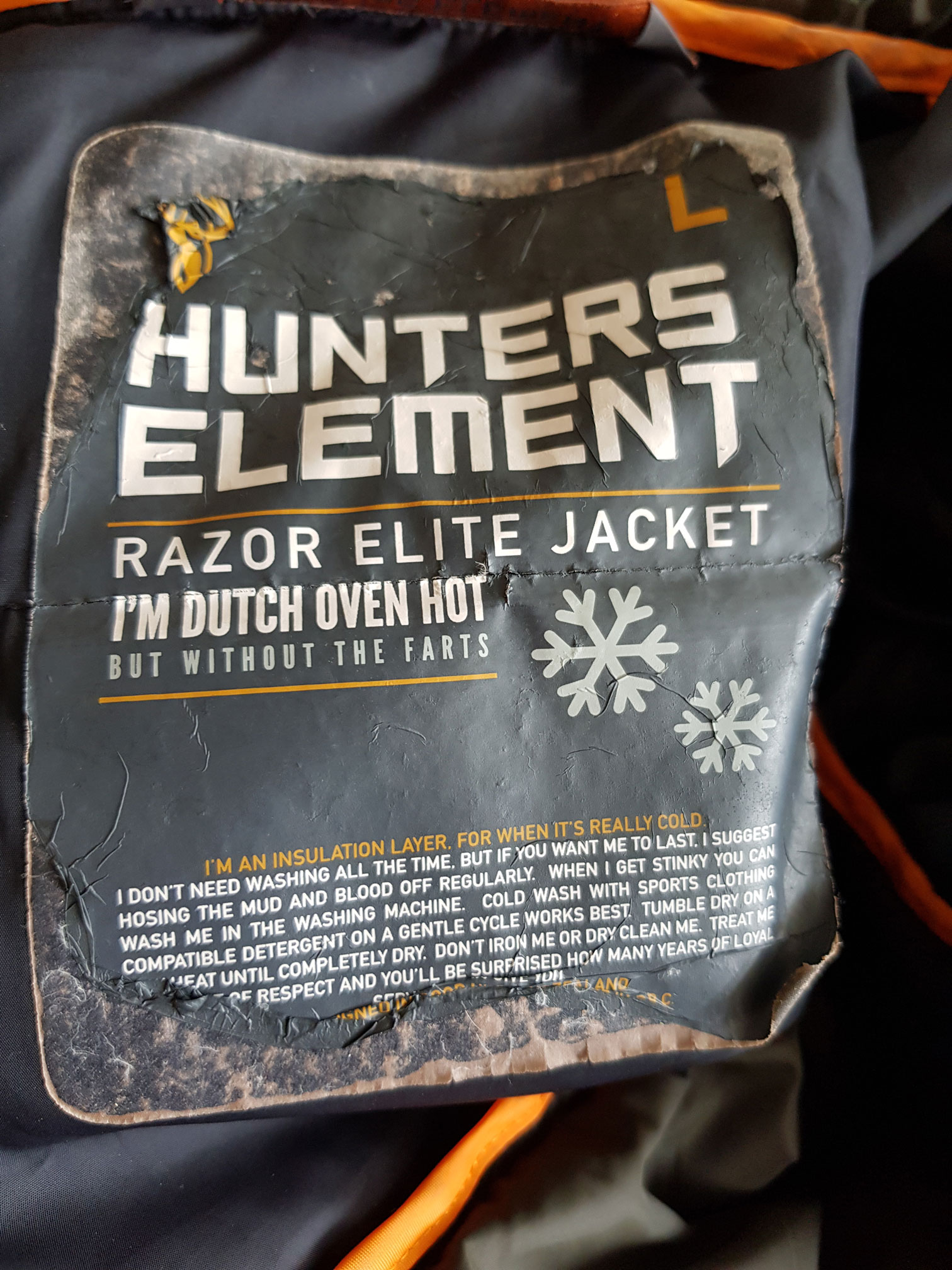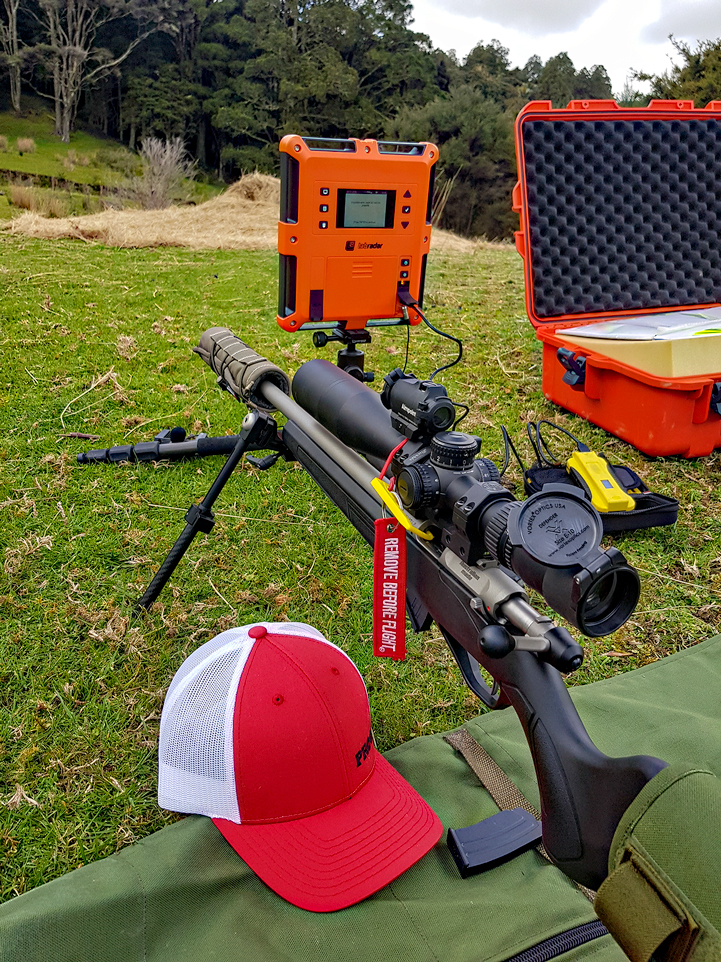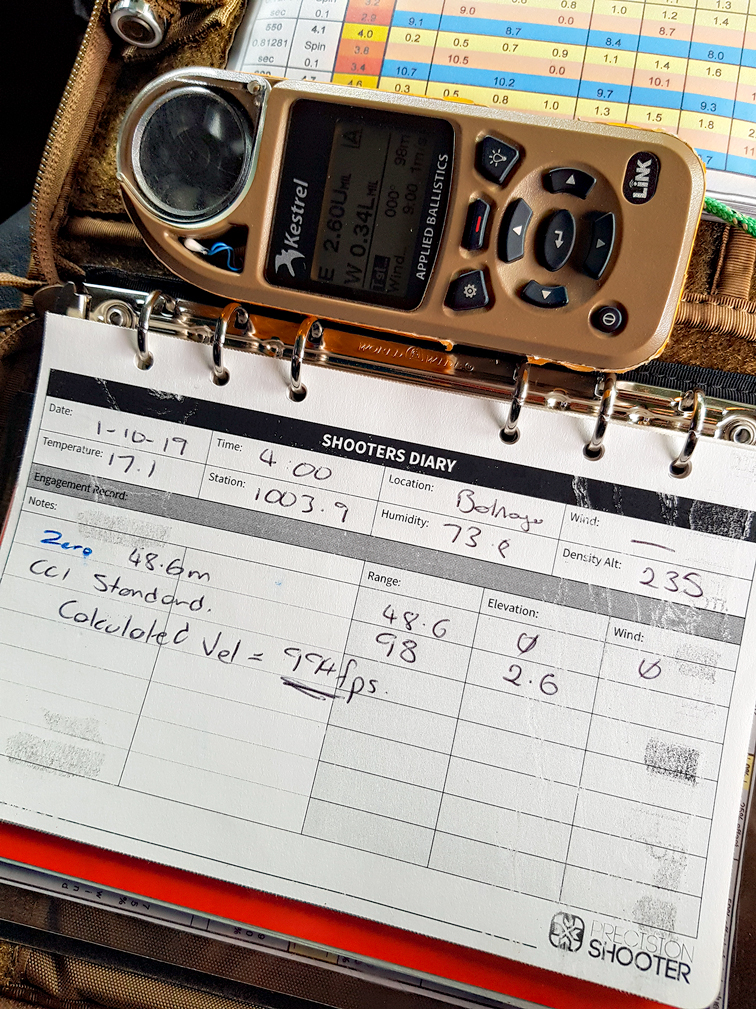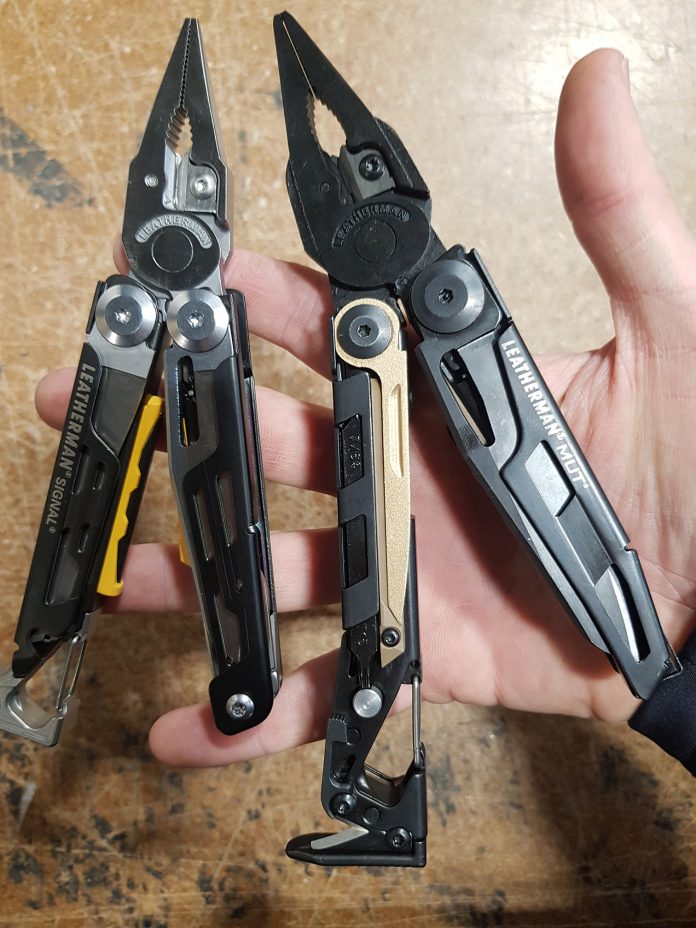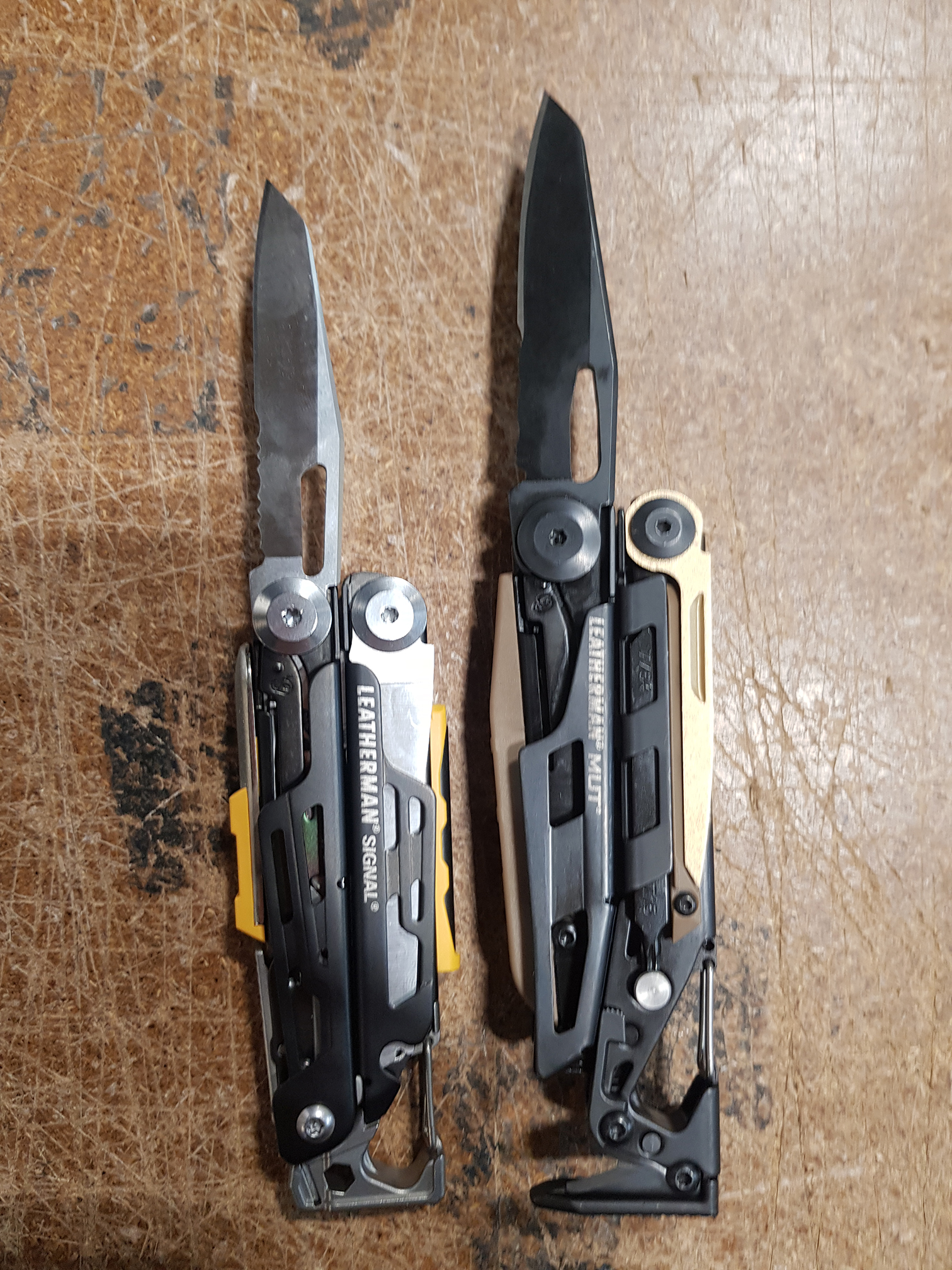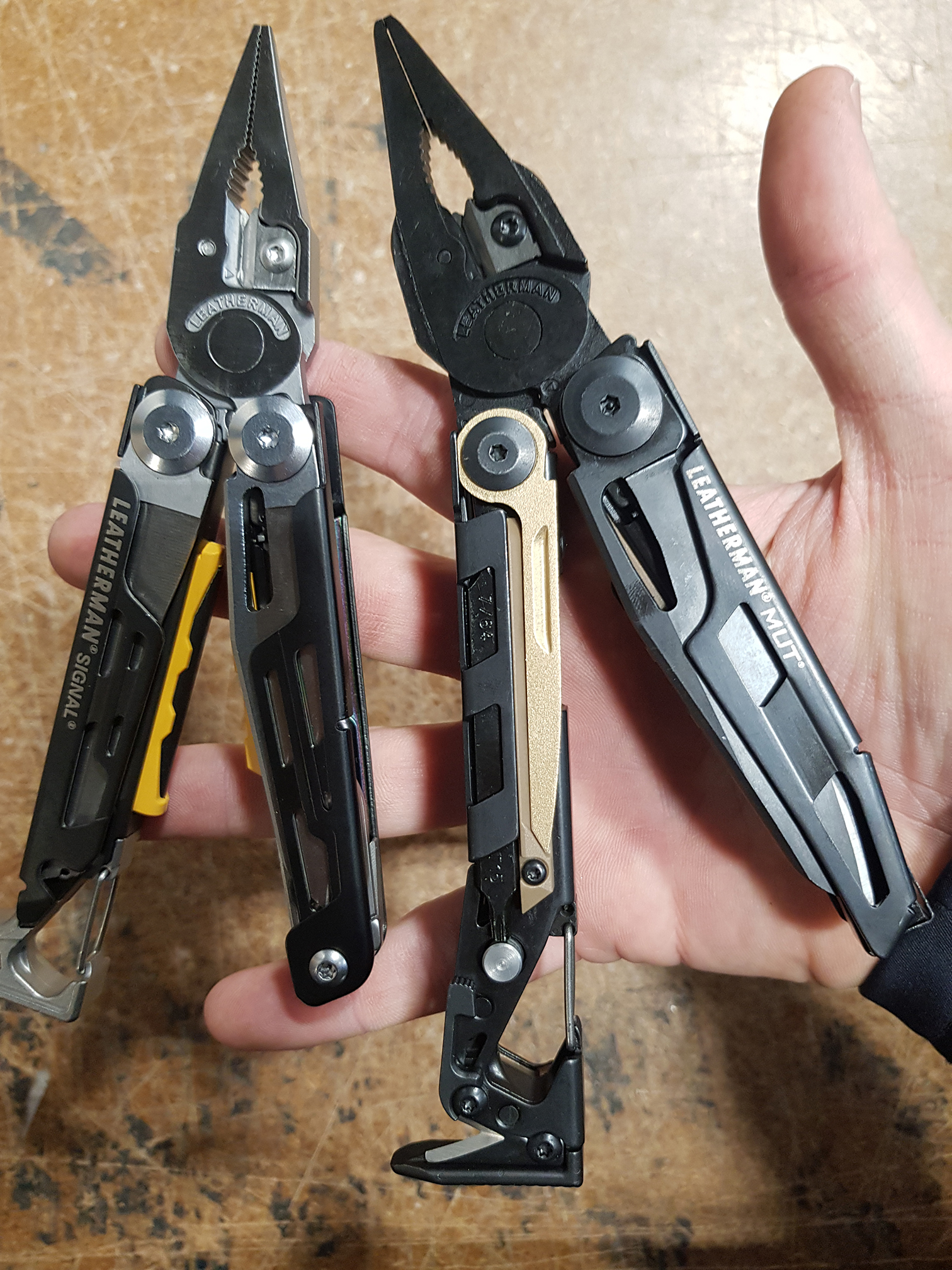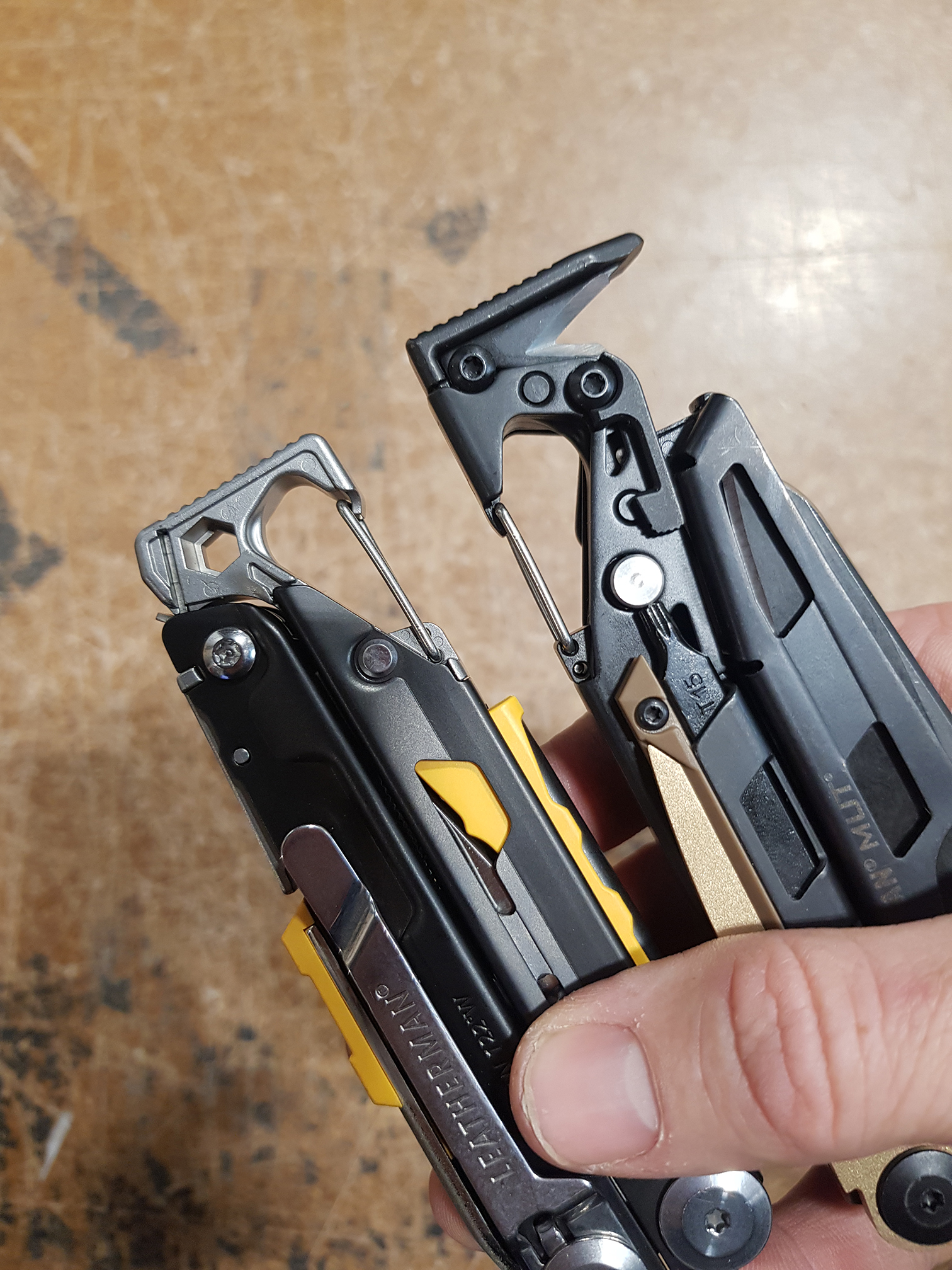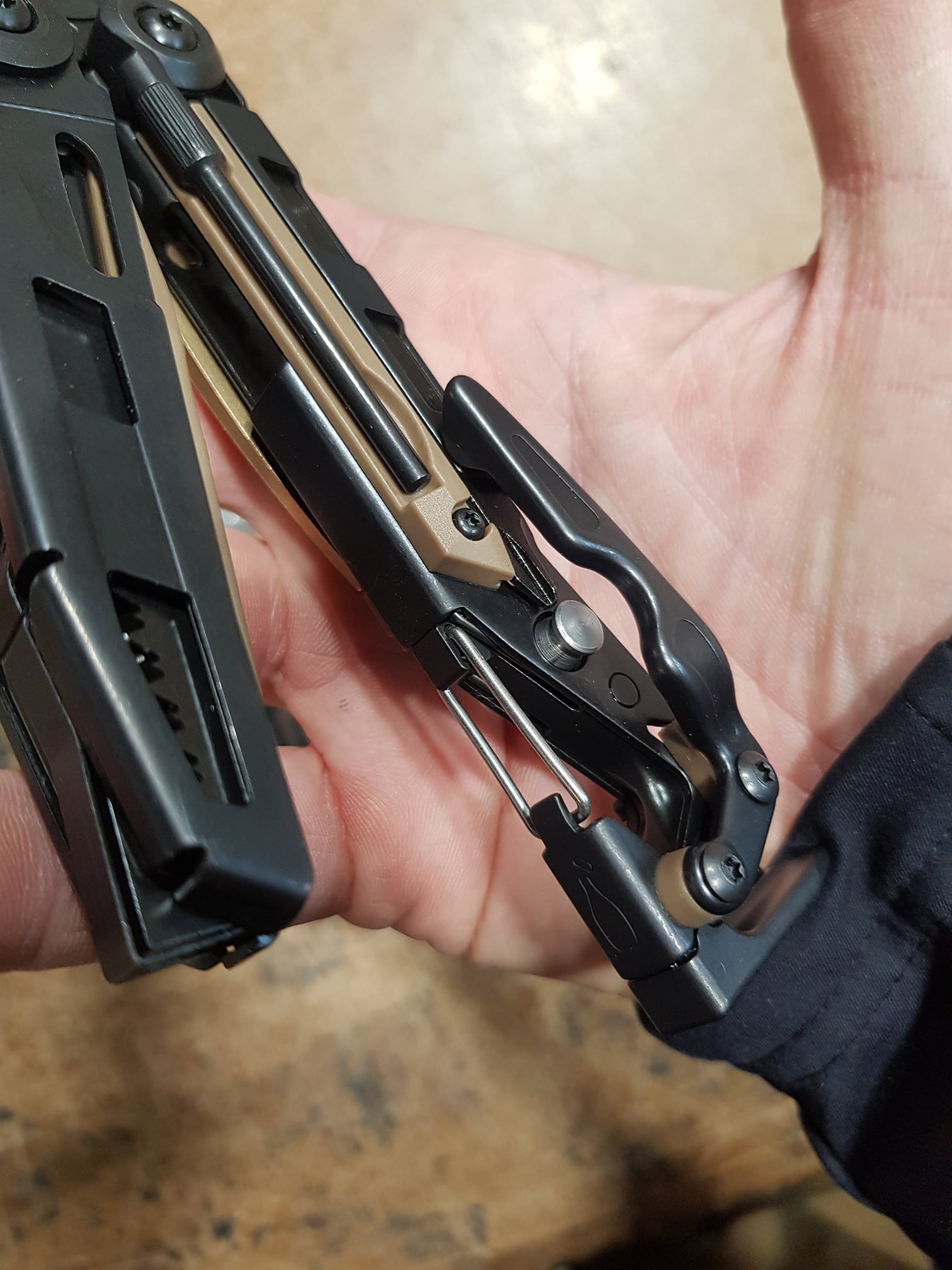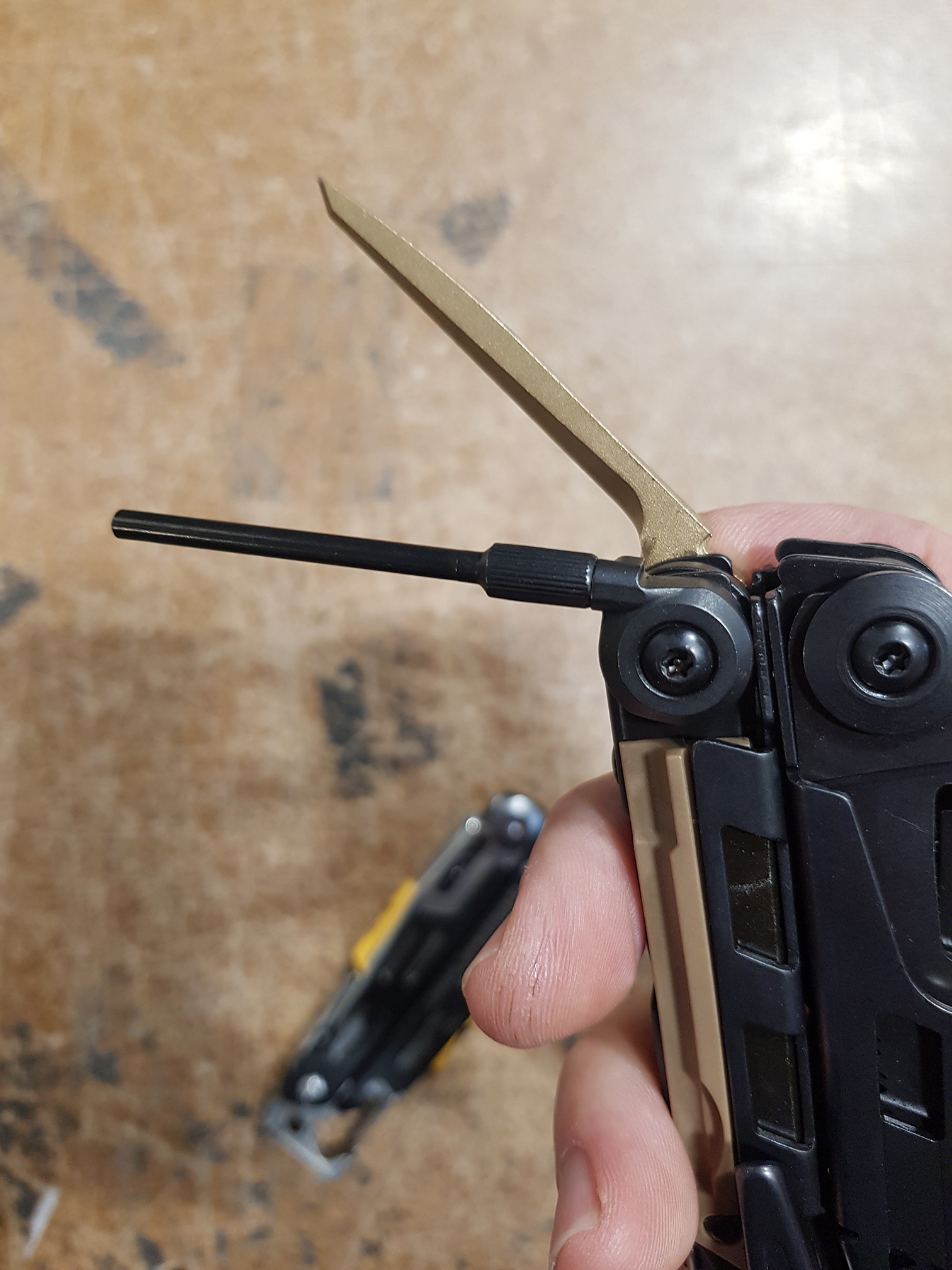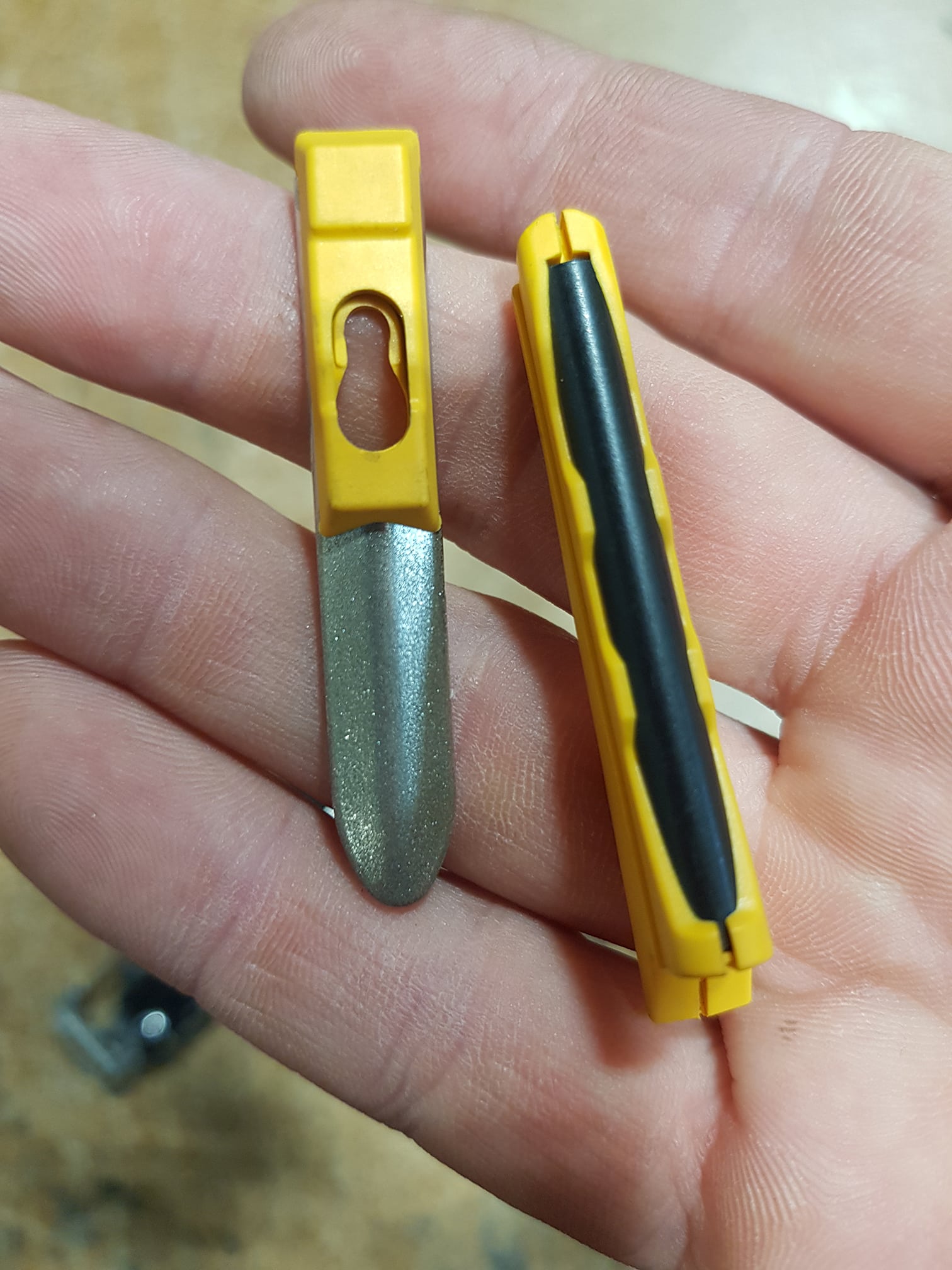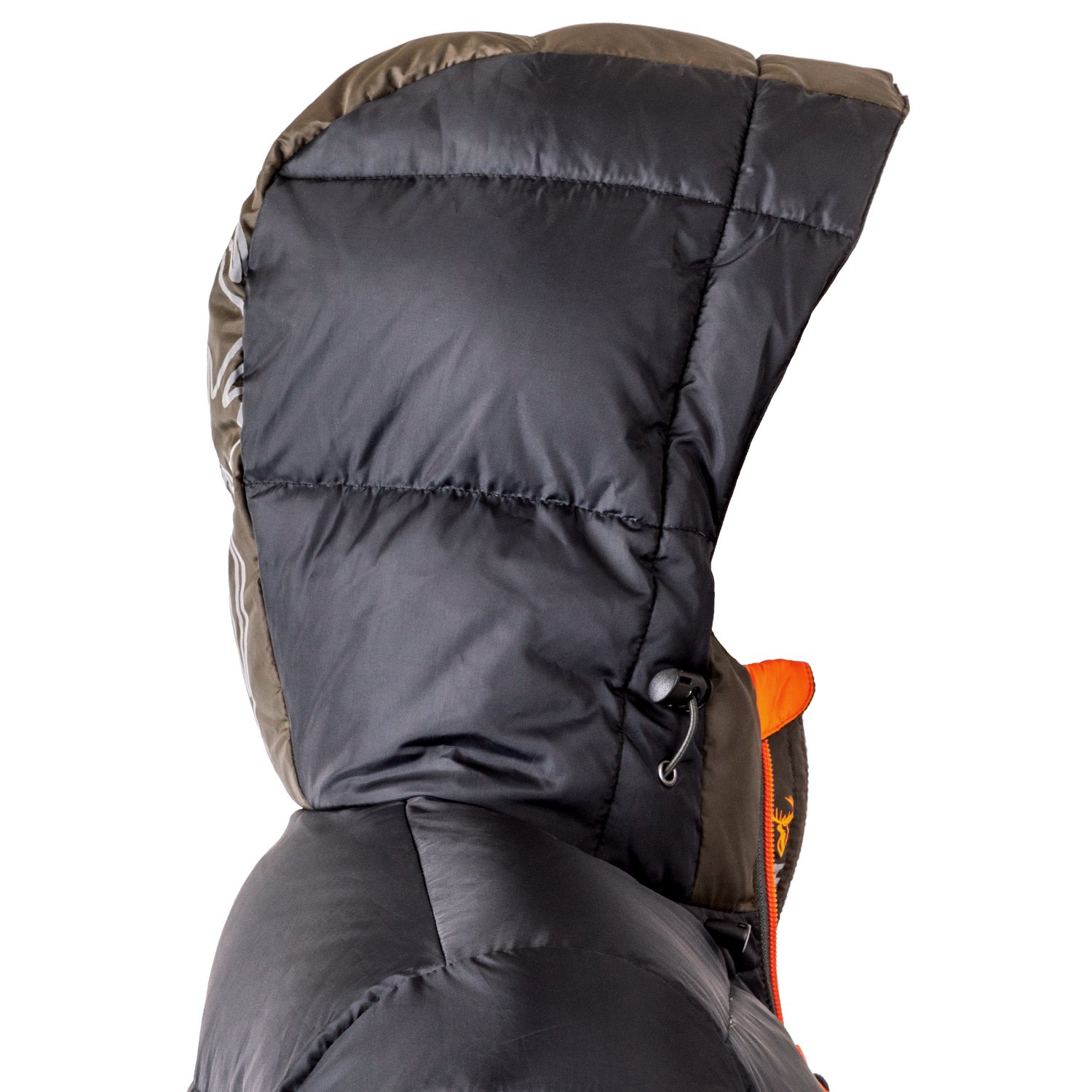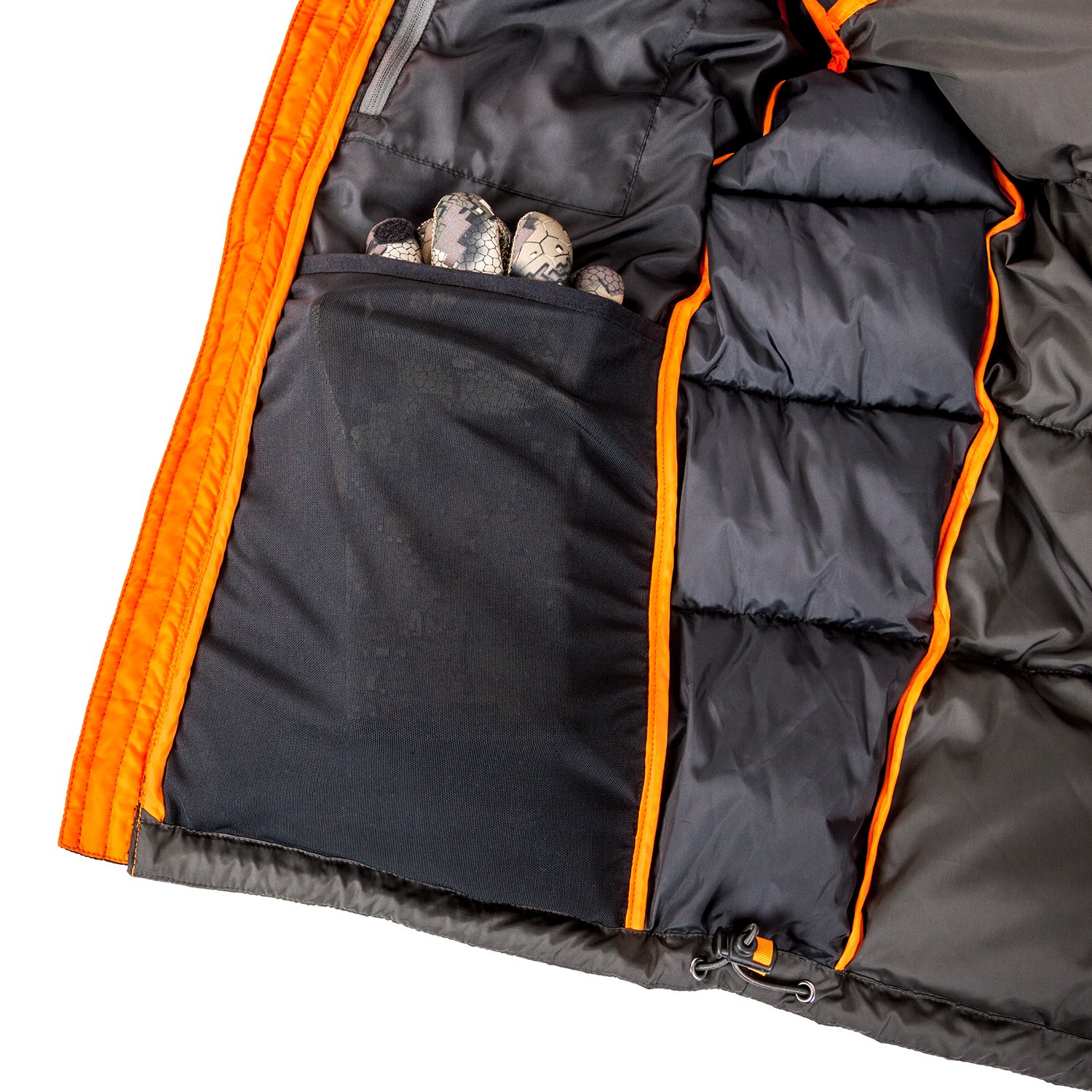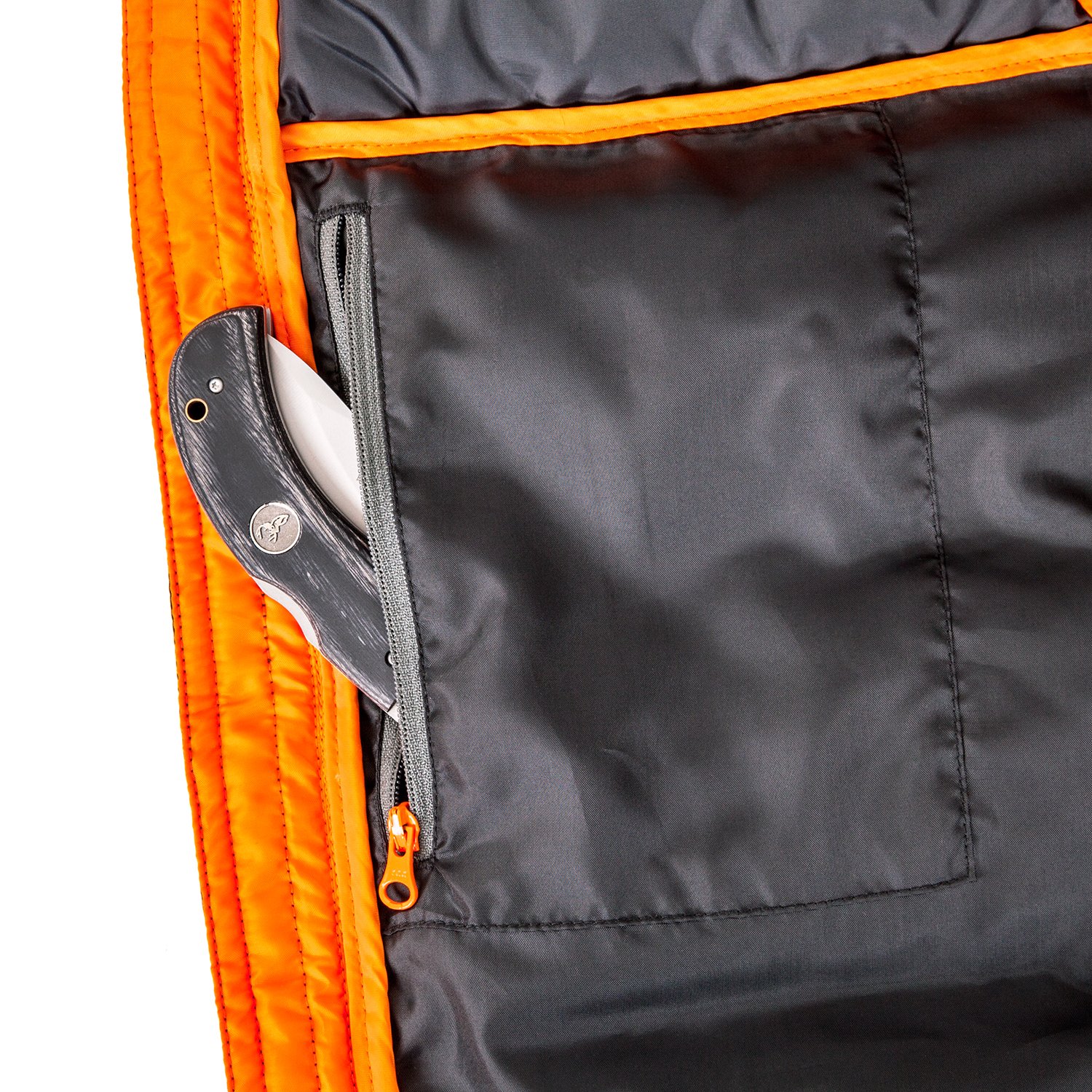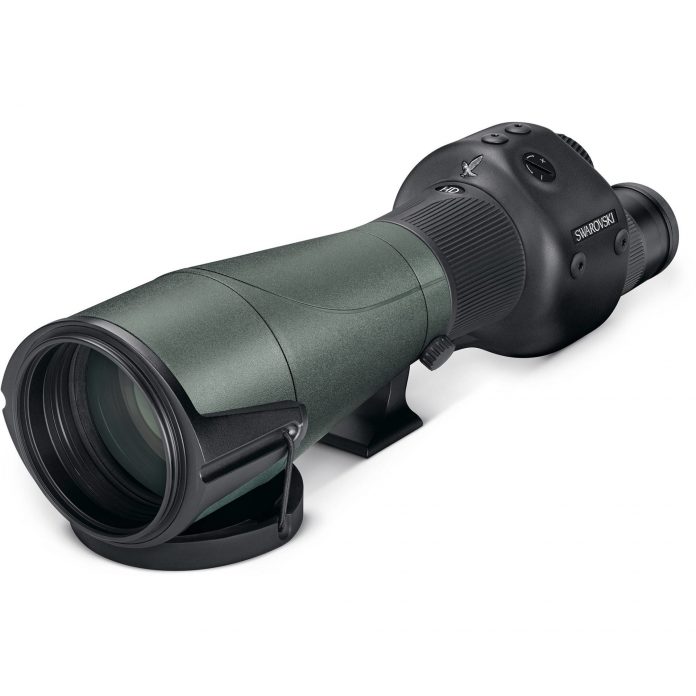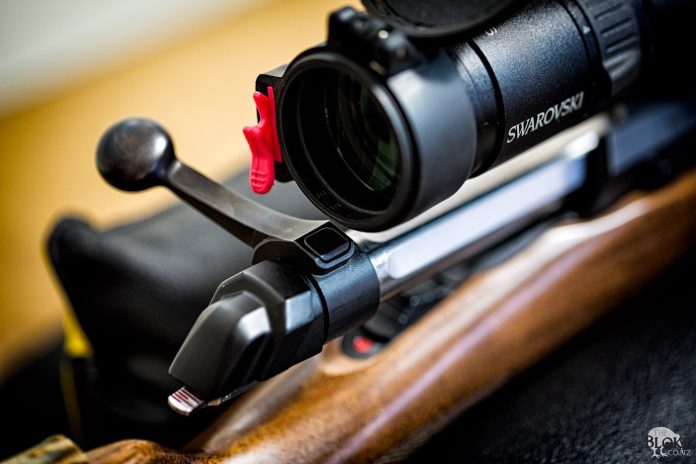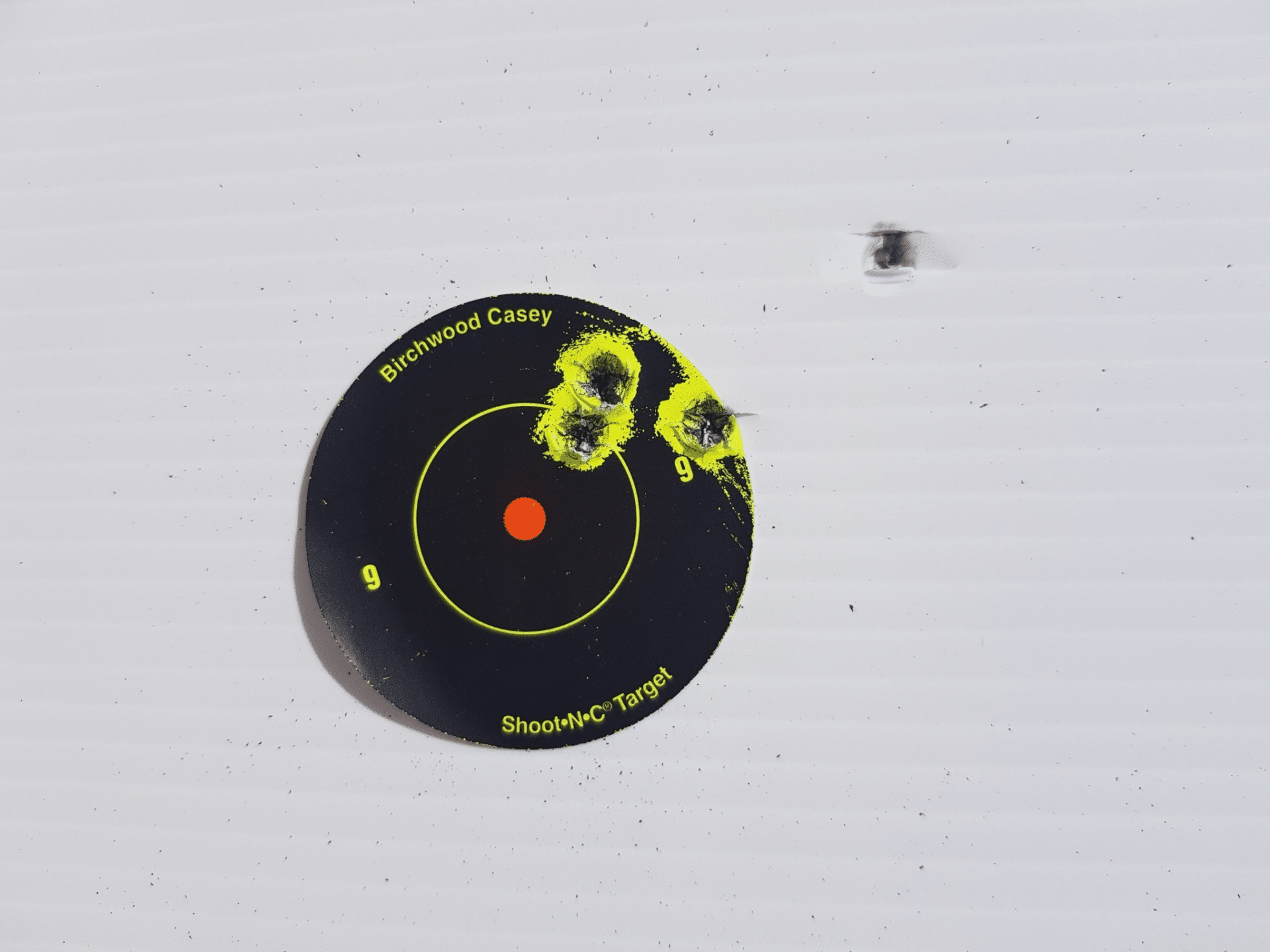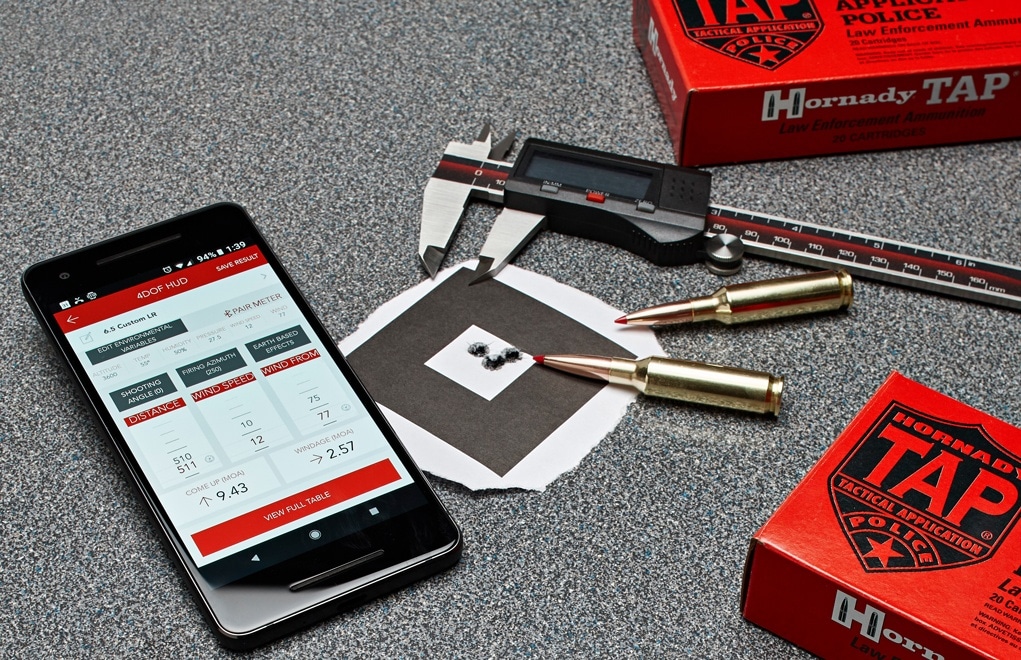I do find it interesting that this year, Pasture came first, and Cazador the runner up – truly cementing this notion of the field to fork – whole animal cooking. While in some ways totally at different ends of the spectrum when it comes to the dining experience and even food and presentation, both share similar philosophies a the core of the process.
I tie this into a general observation. There has been a movement towards moving towards using more of (in particular) the animals we kill to eat, and an understanding of where and how that food has been sourced. Now, while I can appreciate that places like Pasture are likely well outside of the normal realm of where hunters would choose to eat (I didn’t feel I was sitting next to anyone else who had their skinning knife in their pocket anyhow). It’s interesting seeing opposite ends of the spectrum actually heading in some parallel directions again.
Introductions
You know you are in for a good night when the head chef personally invites you in and welcomes you to the evening. Now, I am no food critic, I just like to tag along with my partner Alice (it was her birthday treat) to some of the best dining experiences on offer around the country and abroad (my gold standard still being El Celler de Can Roca), so I have had to do some reading up on the background of both Ed Verner (said head chef) and Pasture, his restaurant hidden somewhat, down an alleyway in Parnell.
I won’t go too far into the history of Pasture, as that has already been covered in multiple places around the net, but, needless to say, he and his crew are well established, well qualified and well placed to create a unique and memorable experience.

The Venue
Lots of wood, concrete and steel. Minimal, well thought through and with piles of intent. The end of the bar proudly displays the rotary distiller, and diners are seated at a long wooden bar – right in front of the prep area and open fire, where much of the protein is cooked.
Stacked all around the room are bottles and jars of preserves, fermenting stocks and other oddities. Well, I say oddities, but that is only by modern standards. I still remember the jars and jars of pickled onions that my father would make – and every spare space in the house would suddenly become filled with clay pots of various sizes.
Intimate, warm and cozy. Oh, and then there is the music
Give the DJ my compliments!
It didn’t take long for the soundtrack to grab my attention. A lot of synths, a lot of familiar tunes. It seems Ed spent a few years playing music, making music and boasted of a rather well set up studio at one point.
A lot of tunes I recognised, a lot of head nodding, think new wave and related synth pop.
The Drinks
We went with both the alcoholic and non-alcoholic drink matches for what turned out to be a fourteen-course meal.
Both had highlights. What was also nice was the variety. Wine, Beer, even an NZ made Sake which was new to me). I noted was there was a bit of a leaning towards the Australian wines. Sorry – wasn’t taking notes, and, my tip would not be to try and finish everything that is served up to you.
The non- alcoholic option featured a lot of in-house made brews – good use of that rotary distiller on the bench.
A true stand-out was the Sourdough Beer – stunning, and really wanted to take a couple of bottles away with me.
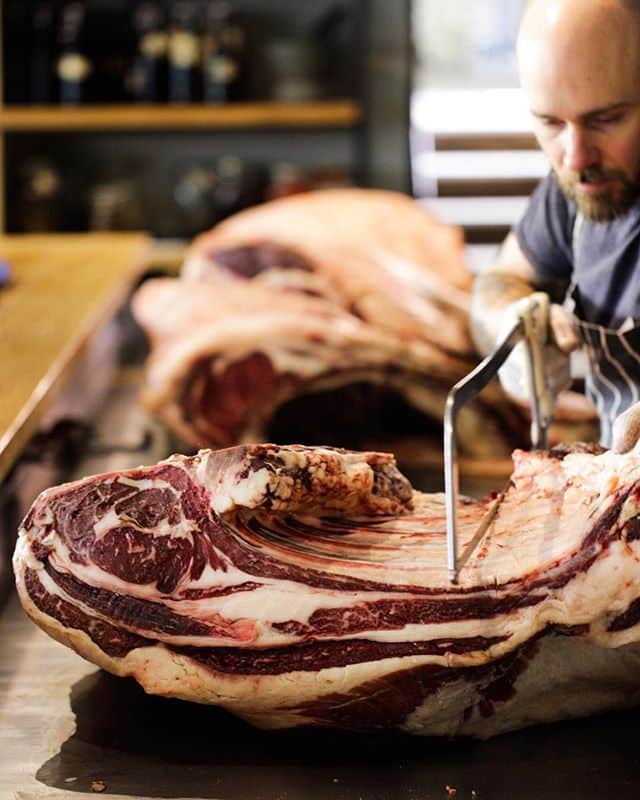
The Food
Yeah, yeah, so how was the food? Everything else, really, is in place to frame the kai.
Well, as you would expect, it was phenomenal. It was served at a brisk pace (with a perfectly timed break just before the Wagyu) and the majority of the final prep was done right in front of you. Interestingly, for Alice and me, there wasn’t much time for idle chit-chat – as there was so much going on to watch, listen and talk about.
But, that’s the point of something like this, immersing yourself in the experience.
You don’t get a menu beforehand, and, for those planning on heading along soon – stop reading now – part of the fun is not knowing what is coming up next.
Instead of just breaking down the entire night step by step – some thoughts and highlights. Don’t kid yourself, the only way to experience this kind of night is by heading along, which, as an aside, since their awards were announced – good luck getting in. We had booked prior to the awards, but I have a funny feeling they are booked out now, for a long, long time.
Seafood
I am not much of a seafood fan, particularly shellfish. I often think this is strange, as growing up with a family batch up the top of the Coromandel, we had access to some of the best and freshest kai-Moana in the country – it just never appealed. My mother and Alice both will destroy a Cray given the opportunity, but, it just never appealed that much to me. Don’t mind it, but not going to gush over it.
So, that being said, I was aware there was a fair bit of shellfish being prepped. However, bar one dish, I was more than happy to down it with gusto!
That one dish was also one of the most interesting – Geoduck – to me – similar to a Sea Cucumber – rather dodgy looking, but, due to my exposure to the Cucumber via the Meateater Show – I was really keen to try it out. Prepared simply, and served beautifully, it was just a little too ‘sea’ for my palette. Alice however, informed me that it was incredible – and – I have learned to appreciate her appreciation for such things.
However, The Clams, Scorpion Fish, Snapper – all sublime – the Snapper, in particular, standing out for me – I think in NZ, it’s actually easy to get over Snapper – and I often prefer other fish to it – but it’s preparation over the wood and pairing with an egg yolk sauce was most excellent (I am going to run out of superlatives based around phenomenal soon, my apologises – time to break out the thesaurus).
Red Meat
The anticipated highlight of the evening – and it did not disappoint. From the moment I took my seat, I was eyeing up the mighty looking slabs of meat lying on the rack above the fire. It turns out they were Aged Wagyu – and they did not disappoint. Cooked over embers – presented simply, the fat just soaked up the smokey goodness.
However, for me, I think the Pig Crumpet may have been the highlight of the evening. Cooked in Pig Fat, with a form of Prosciutto from the same beast topping the slice of goodness. Damn it was good.
Veggies and Desert
I hope you have realised I am not exactly listing this in chronological order at the point. But regardless, the mushrooms, tomatoes, bread and more – all exquisite (oh – I found another one!).
The desserts – not too sweet to totally dominate the palate at the end of the night. Alice preferring the Mandarin & Fennel Dish, myself the Buffalo Milk Ice Cream.
Overall
I dunno – how do you really provide a sense of an experience that requires you to eat it? For that matter, in the understanding that we all have different palettes, preferences and tastes – how would I rank that for you anyhow?
Basically, if you enjoy culinary experiences, this should be on your list. I have never experienced anything like this in NZ (and it’s not the first ‘degustation’ I have been too in NZ) – with, truly, the only thing I can compare it too is the lunch I got to have at the Red Cellar many years ago now. I still remember that day, and I would consider Pasture to be right up there as well.
The one thing I was expecting (not really through indication, potentially due to more of my projection of thoughts) was more nose to tail eating – that is – oddball cuts, offal and the like – however, if that’s more your thing, then maybe Cazador is a better bet. However, I would like to see a bit of a fusion of the two – forward-thinking preparation and presentation, but the entire animal incorporated into the dish. Challenging perceptions, but not necessarily relying on old or family preparations.
That said, I can appreciate that not everyone’s idea of a good night out is being served up something that would normally end up in the trim or feed to the dogs – I guess it was just my projection based upon the name ‘Pasture’ and the ‘Whole Animal’ ethos.
That aside though – this would have to be the pinnacle of the eating experience in NZ at the moment – and rightly deserving of the recent awards validating that position!
But why no photos?
Well, I was there to experience, not document. Ironic I know, given you have just read through a long document recording the experience. But, the phone intentionally stayed in the jacket in the coatroom, and I was there to interact with Alice, the crew and the food.
If the crew need some more photos I could head back at some point with the camera, tripod and all – because I don’t really think the phone would do justice – and – like Ed and his creative expression through food, I like to be able to use the best tools for the job, it always seems to work out better.
Further Thoughts
Since the experience, I have been pondering more about the restaurant and what Ed and the crew are up to, and it intrigues me, that as an observation, massive generalisation and overall likely to offend a wack of people simplification of the reality of things – but –
Many hunters don’t venture into the realm of gastronomy – meat and three veggies is still the standard – with a ‘marinade’ of sugar and soy sauce being the general stretch of culinary exploration (and don’t ask for your meat less than well-done). On the other side, we have urban diners wanting the field to fork experience, yet will never, and potentially abhor the idea of actually hunting and killing your own protein.
Yet underneath this all, is a very common thread – the desire to have more of a connection with the food we eat, understanding of where it came from, and respect for the life that is taken to sustain our own. Sure – many people won’t be able to express that desire, but I feel it’s there.
Ed and crew, thanks again for a wonderful night, and, by way of my own contribution – if you are reading this, and interested, please get in touch and I will get you up to our next Hunter Education Course – where you truly will be able to see both the field and the fork simultaneously… 🙂

